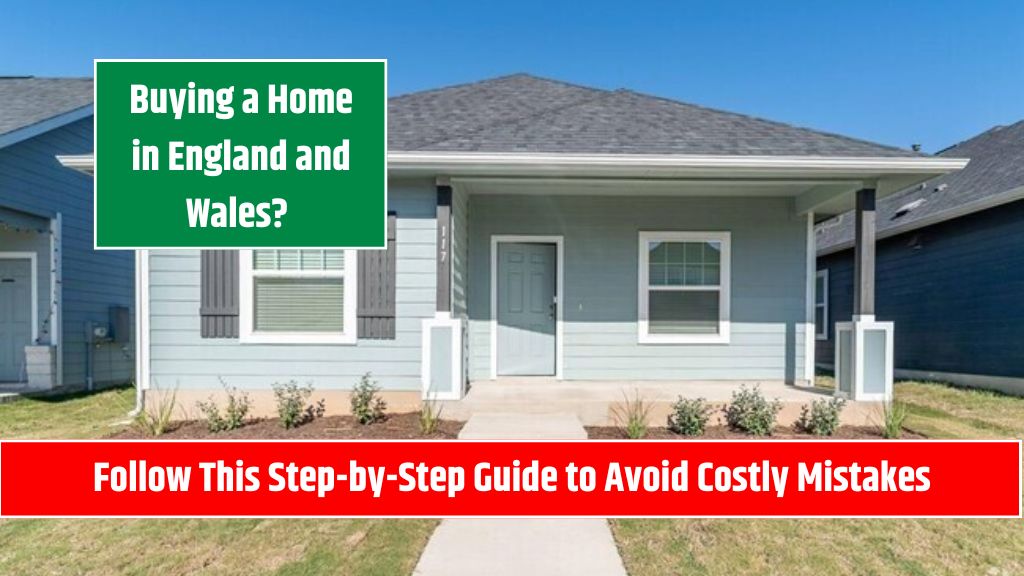Buying a home is a major financial decision, and on average, the process takes about five months. If you’re also selling a home, be aware that the process could take longer, especially if you’re part of a chain of buyers and sellers.
This guide covers the key steps in buying a property in England and Wales. Different rules apply if you’re purchasing a home in Scotland or Northern Ireland.
Steps to Buying a Home
1. Decide How Much You Need to Borrow
- Assess your budget and determine how much you can afford to borrow.
- You may be eligible for financial help from the government through an affordable home ownership scheme.
2. Choose a Mortgage Lender
- Research and compare different mortgage options.
- Get a mortgage agreement in principle (AIP) to show sellers you’re a serious buyer.
3. Choose a Property
- Search for properties within your budget and preferred location.
- Consider factors like transport links, schools, amenities, and future resale value.
4. Make an Offer on the Property
- When you find the right property, submit an offer to the seller.
- If the seller accepts, you move to the next step.
5. Exchange Contracts
- The seller draws up a legal contract to transfer ownership.
- At this point, the offer becomes legally binding.
6. Pay Taxes
- You may need to pay Stamp Duty Land Tax (SDLT) if the property price exceeds the threshold.
7. Arrange Searches and Surveys
- Conduct property searches and surveys to uncover potential issues.
- Common surveys include:
- Mortgage valuation survey (required by lenders).
- Homebuyer’s report (for general condition assessment).
- Full structural survey (recommended for older properties).
8. Arrange a Removals Company
- Hire a removals company to assist with your move.
- Compare quotes and book in advance for a smoother process.
Important Note:
An offer is not legally binding until contracts are exchanged.
Buying with Someone Else?
- You can buy a property with up to three other people.
- There are different types of joint ownership, such as:
- Joint Tenancy – Equal ownership; if one owner dies, the property automatically passes to the other owner(s).
- Tenants in Common – Each owner has a distinct share, which can be passed on in a will.
Protecting Yourself from Fraud
Buying a home involves large money transfers, making it a target for fraud. To stay safe:
- Verify contacts – Ensure you’re speaking to the right person or business.
- Double-check bank details – Always confirm the correct account details before transferring money.
- Be mindful on social media – Avoid sharing too much personal information that scammers could exploit.
Buying a home is an exciting but complex process, requiring careful planning and financial commitment. From choosing a mortgage lender to exchanging contracts, each step is crucial in securing your dream home. Be sure to protect yourself from fraud and seek professional advice when necessary.
If you’re buying with someone else, understand joint ownership options, and if eligible, explore government home ownership schemes for financial assistance.
FAQ’s
How long does it take to buy a home?
On average, buying a home takes about five months, but the process may take longer if you’re part of a chain of buyers and sellers.
When does an offer become legally binding?
An offer is not legally binding until contracts are exchanged, at which point both the buyer and seller are committed to the sale.
Can I get financial help when buying a home?
Yes, you may qualify for an affordable home ownership scheme from the government, which can help with purchasing costs.
What taxes do I need to pay when buying a home?
You may need to pay Stamp Duty Land Tax (SDLT) if the property price exceeds the threshold set by the government.
How can I protect myself from fraud when buying a home?
Verify who you’re speaking to, double-check bank account details before transferring money, and avoid oversharing personal information online.
